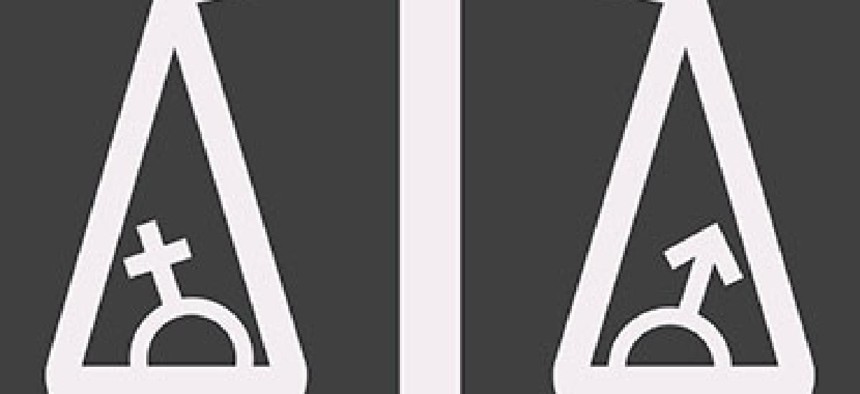Closing the gender gap in federal IT

Here are several actions federal managers can take to create a more gender-diverse -- and successful -- workforce.

Despite the fact that some of the fastest-growing jobs in the American economy are in the science, technology, engineering and math (STEM) segment, only 31 percent of the 1.7 million middle- and senior-level employees in the U.S. software sector are women.
Unfortunately, the stats for women in federal technology are similar, with women making up about 30 percent of the federal IT workforce and being less represented in senior executive roles.
STEM jobs, however, are expected to grow more than 30 percent in the next decade — three times as fast as non-STEM roles. That creates an opportunity for agencies to make major strides in hiring more women into IT roles.
CEB research shows that there are several benefits to recruiting and retaining a gender-diverse workforce. In such an environment, individuals’ willingness to “go above and beyond” increases by 12 percent and the number of people reporting their intent to stay at the organization increases by an average of 20 percent. Organizations report that diversity also puts them in a better position to achieve objectives.
To enhance the percentage of women employees, particularly in STEM-related staff and leadership roles, federal managers should consider several actions:
- Build diverse talent pipelines. Many organizations go to big recruiting events and post vacancies on USAJobs, Monster and the like to attract talent. That approach results in a high volume of candidates but not necessarily candidates of high quality. The best organizations build pipelines of qualified women candidates by tailoring messages to that group and using current employees to identify qualified women through their networks, and then encouraging them to apply.
- Use hard data to avoid implicit bias. The use of metrics and assessments to evaluate candidates can ensure that decisions are not based on bias or “gut feeling.” Educating hiring managers about implicit bias, which is an unconscious preference for a group of people, helps support the organization’s priorities. People must understand that implicit bias affects most of their everyday decisions, even among those who consider themselves advocates for women.
- Conduct blind application reviews. A 2012 Yale study shows that résumés with a woman’s name are often deemed less qualified than the same résumé with a man’s name. Blind application reviews eliminate any such bias. Better yet, agencies should supplement résumé reviews and manager interviews with objective assessment tools that predict performance and help overcome innate gender biases.
- Discuss career paths with women employees. Hewlett-Packard reviewed its personnel records and found that women applied for promotions only when they believed they met 100 percent of the qualifications for the job. By contrast, men applied when they thought they could meet 60 percent of the job requirements. That gap highlights the importance of having conversations with rising women executives to clarify their qualifications and encourage them to compete for leadership positions.
- Understand what motivates women. Our research shows that different motivators drive women and men to rise through the ranks. Men in leadership positions are motivated by fear of failing, making mistakes, and suffering the associated loss of self-esteem and power. They thrive on opportunities to take responsibility, exercise authority and influence others. Women are motivated by a constructive work environment, positive working conditions, and acknowledgment of their contributions and achievements. Understanding what drives women and adapting that insight to the agency’s culture are essential to attracting and retaining women.
If agencies take the right steps now to address the gender gap in federal IT, it will pay future dividends for the government and the economy.
NEXT STORY: Fed 100 nominations: Time is running out!





